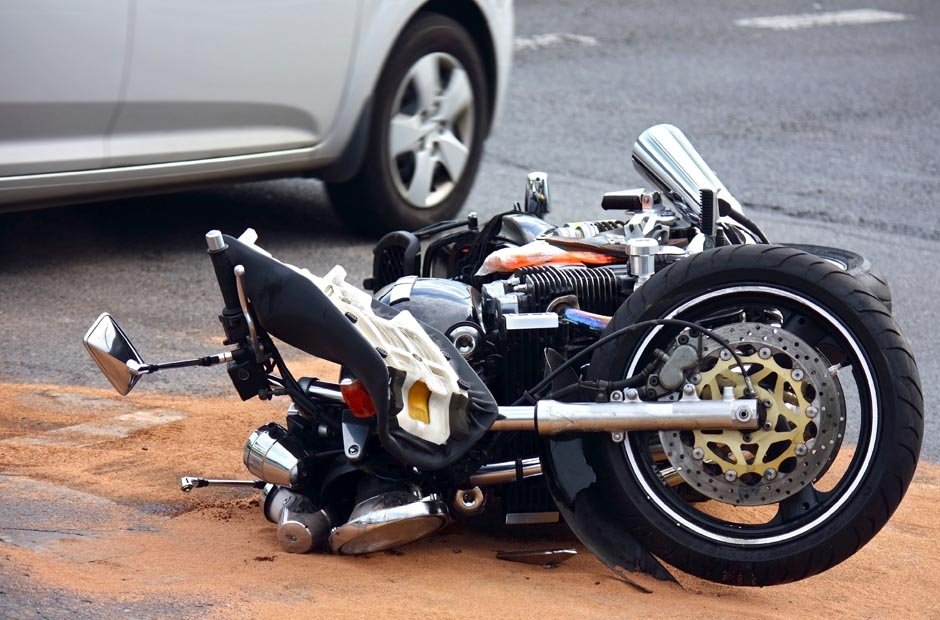Any form of automobile crash can be terrifying for those involved. Collisions can cause serious injuries, mental trauma, and widespread property damage. However, crashes that involve one or more motorcycles are particularly dangerous. Bikers offer very little protection in the event of an accident, which means that motorcycle crashes frequently cause serious or fatal injuries. In 2021, the most recent year for which full collision statistics are available, the National Highway Traffic Safety Administration (NHTSA) reported 5,932 motorcyclists killed in wrecks. This comes out to 14% of all traffic fatalities during that calendar year.
The NHTSA data certainly suggests that riding a motorcycle can be quite risky. It’s clear that both bikers and other motorists must take steps to reduce the risk of collisions and serious injuries. In order to reduce the number of motorcycle crashes in the U.S., we created this article detailing some of the most common causes of bike wrecks.
Drug & Alcohol Use
No driver should ever operate a motor vehicle while under the influence of alcohol or drugs. Even certain prescription medications can make it unsafe to operate a vehicle or any form of heavy machinery, as they may cause drowsiness, blurred vision, or excess fatigue. Intoxication can negatively influence a driver’s decision making, reaction time, and ability to safely keep their vehicle under control. If you are involved in a crash caused by an impaired driver, a Houston motorcycle accident lawyer may be able to seek compensation for any injuries or damages suffered.
Excessive Speed
When we think of speed, we generally think of someone who’s traveling at 90 miles-per-hour in a zone where the speed limit is set at 60. However, a driver doesn’t even need to exceed the posted speed limit to be driving dangerously in some cases. When there is poor weather or limited visibility, it may be unsafe to drive at or near the posted speed limit. For example, heavy rain or snow may significantly reduce traction between your bike’s tires and the roadway, making it harder to control your motorcycle or come to a sudden stop if needed.
Of course, many accidents are caused when a biker or other driver is simply driving far too fast. Exceeding the speed limit means that it will take longer for your vehicle to stop, and your ability to maneuver around obstacles may be limited. Always take care to monitor your speed and maintain a safe rate of travel that gives you an escape route, should you need to quickly change lanes or hit the brakes.
Inexperience
Riding a motorcycle is much different than getting behind the wheel of a passenger car, SUV, or truck. Ideally, motorcyclists should go through a rigorous training course and get lots of practice driving on easy-to-navigate streets before taking on more challenging roads. Continuing education can help bikers prepare themselves to deal with complex situations that they may end up facing in the future. Inexperienced motorcyclists pose a threat both to themselves and to other drivers on the road, as they may be unable to react safely to dangerous or developing road conditions.
Mechanical Problems
Sometimes, a collision is caused not through anyone’s negligence but rather by a defective or dangerous motorcycle part. While some failures may occur suddenly and without much warning, other issues may reasonably be detected before they put you at risk. Some of the most common motorcycle issues include:
- Overworn, balding, or flat tires
- Battery problems
- Carburettor issues
- Worn brake pads or low brake fluid levels
- An overheating engine
- Broken or missing side mirrors
If you notice any warning signs that your motorcycle isn’t performing the way it ought to, have it taken to a reputable dealership or mechanic as soon as possible. It may not be safe to continue riding your bike until you have it checked for problems.
Dangerous Roadway Conditions
Many motorcycle accidents are caused due to poor roadway design or maintenance. Dangerous roadways can also pose a threat to other vehicles, but motorcycles are oftentimes particularly affected. With only two wheels on the ground (in most cases), motorcycles have less traction and are more prone to loss of control. Some roadway factors that can cause serious problems include:
- Poorly lit streets and intersections
- Debris on the road
- Unmarked lane changes
- Unmaintained railroad tracks or bridge joints
- Standing or flowing water
- Potholes, uneven pavement, or poorly resurfaced roads
- Hidden driveways
- A lack of highway dividers, guardrails, or medians
Any of these roadway defects can make streets more inconvenient, if not downright dangerous, for bikers. It’s important to keep an eye out for potential hazards so that you can safely navigate around them. When in doubt, if a road seems impassable for any reason, find a safe route that bypasses the hazard.
Distracted Drivers
In some cases, even the most attentive and cautious motorcyclist may fall victim to the actions of another driver. There are countless distractions that may take a driver’s attention off the road for a few crucial seconds, from texting to eating while behind the wheel. To reduce the risk posed by distracted motorists around you, it’s important to uphold the principles of defensive driving. Some of the components of defensive driving include:
- Driving when in a calm, sober state
- Taking your time when traveling to your destination
- Staying aware of potential hazards, such as distracted drivers
- Maintaining a safe following distance behind other drivers
- Proactively taking steps to avoid roadway hazards
- Passing other vehicles cautiously
- Avoiding instances of road rage
Drivers & Bikers Can Work Together to Reduce Collisions
At the end of the day, motorcyclists and drivers need to work together to decrease the number of collisions occurring across the country. By looking out for one another and practicing safe driving, we can make the roads safer for everyone that uses them.
















